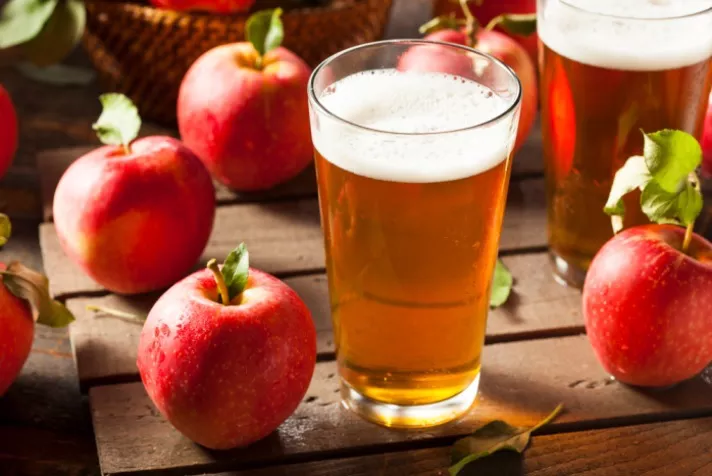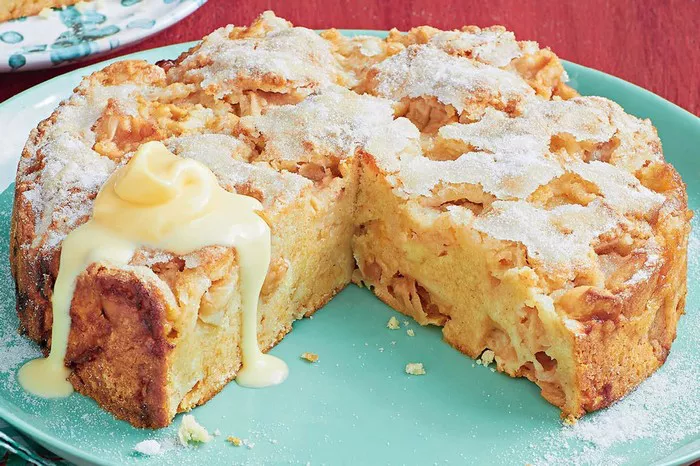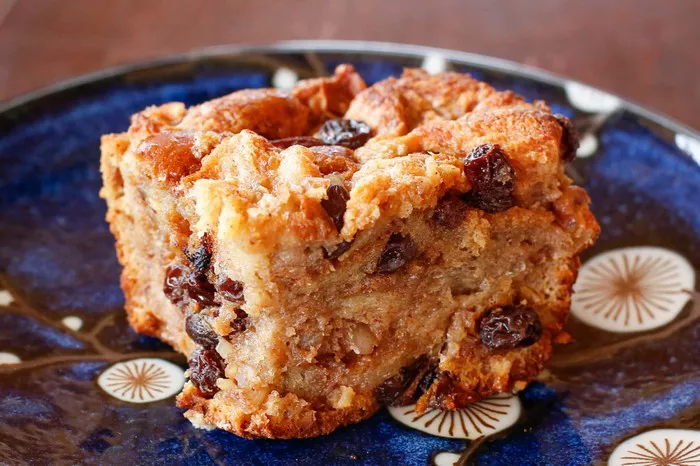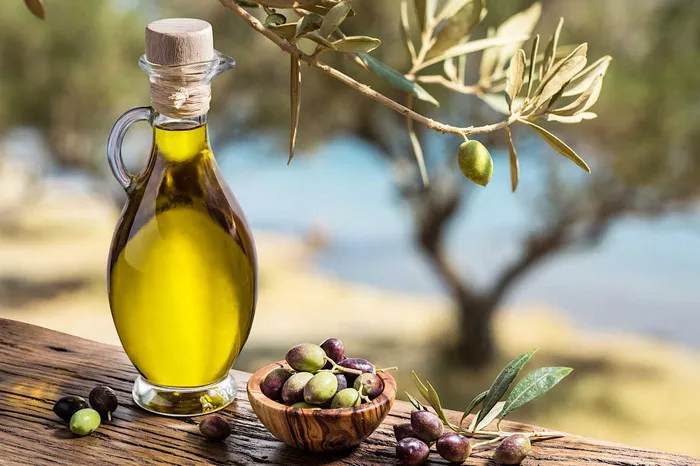Few desserts evoke the cozy comforts of home quite like a warm, freshly baked apple pie. With its flaky crust, fragrant filling, and tender apples, apple pie is a timeless classic that has been delighting taste buds for generations.
But when it comes to making the perfect pie, one burning question often arises: what is the best apple to use?
In this culinary exploration, we’ll embark on a quest to uncover the secrets behind the ideal apple for apple pie, considering factors such as flavor, texture, and baking properties to help you create a pie that’s nothing short of perfection.
Understanding Apple Varieties:
Before we delve into the specifics of apple selection, let’s take a moment to appreciate the vast array of apple varieties available.
From sweet and juicy to tart and crisp, apples come in a diverse range of flavors and textures, each with its own unique characteristics and culinary applications. Some apples are best enjoyed fresh off the tree, while others excel when cooked or baked into pies, crisps, and other desserts.
By understanding the nuances of different apple varieties, you can make informed choices when selecting apples for your pie-making endeavors.
The Quest for the Perfect Pie Apple:
Not all apples are created equal. While any apple can technically be used in pie-making, certain varieties are favored for their exceptional flavor, texture, and ability to hold up well during baking.
The ideal pie apple strikes a delicate balance between sweetness and tartness, with a firm texture that softens slightly when cooked, releasing just the right amount of juice to create a luscious filling without turning mushy or watery.
Top Contenders for Pie-Making:
1. Granny Smith:
Renowned for its crisp texture and tart flavor, the Granny Smith apple is a popular choice for apple pie. Its firm flesh holds up well during baking, providing a satisfying bite and a refreshing contrast to the sweet filling.
Plus, its acidity helps balance the sweetness of the pie, resulting in a harmonious flavor profile that’s sure to please.
2. Honeycrisp:
With its explosively juicy texture and honey-sweet flavor, the Honeycrisp apple brings a delightful crunch to apple pie.
While slightly less tart than Granny Smith, Honeycrisp apples retain their shape beautifully when baked, adding both texture and sweetness to the filling. Their complex flavor profile and aromatic qualities make them a standout choice for those seeking a more nuanced pie experience.
3. Jonagold:
A cross between Jonathan and Golden Delicious apples, Jonagold offers the best of both worlds—sweetness, and tartness.
Its firm yet tender flesh holds up well in pies, while its rich, honeyed flavor adds depth and complexity to the filling. Jonagold apples are prized for their exceptional baking properties, making them a top contender for apple pie aficionados.
4. Braeburn:
Known for its spicy-sweet flavor and crisp texture, the Braeburn apple is a versatile option for pie-making.
Its dense flesh holds its shape when baked, while its complex flavor profile adds depth and character to the filling. Braeburn apples pair well with a variety of spices, making them an excellent choice for traditional apple pie recipes.
5. Fuji:
Sweet, juicy, and aromatic, Fuji apples bring a burst of flavor to apple pie that’s hard to resist.
While slightly less tart than other varieties, Fuji apples hold their shape well during baking, creating a soft yet toothsome texture that melts in your mouth. Their natural sweetness makes them an excellent choice for those who prefer a sweeter, more indulgent pie experience.
Experimenting with Flavor and Texture:
While the varieties mentioned above are favored for their exceptional qualities in apple pie, don’t be afraid to experiment with different combinations of apples to create a pie that suits your personal taste preferences.
Mixing tart and sweet apples, such as Granny Smith and Honeycrisp, can provide a balanced flavor profile with layers of complexity.
Similarly, combining apples with varying textures, such as firm and soft, can result in a filling that’s both tender and chunky, offering a delightful contrast in every bite.
Tips for Pie Success:
When selecting apples for apple pie, keep the following tips in mind to ensure a successful baking experience:
1. Choose firm, ripe apples that are free from bruises or blemishes for the best results.
2. Consider the flavor profile and baking properties of different apple varieties to achieve the desired taste and texture in your pie.
3. Peel and slice the apples evenly to promote even cooking and prevent uneven filling.
4. Toss the sliced apples with sugar, spices, and a splash of lemon juice to enhance their natural flavors and prevent browning.
5. Use a combination of apples for a more complex flavor profile and textural contrast in your pie filling.
Conclusion:
Whether you prefer the tart bite of Granny Smith, the honeyed sweetness of Honeycrisp, or the spicy complexity of Braeburn, there’s an apple out there to suit every taste and occasion.
By understanding the unique characteristics of different apple varieties and experimenting with flavor combinations and baking techniques, you can create an apple pie that’s nothing short of extraordinary—a true testament to the timeless allure of this beloved dessert.

























